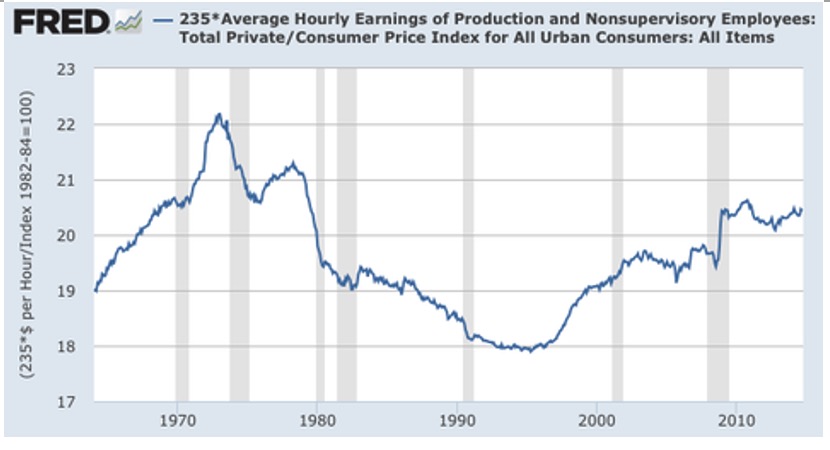Comments
PLANNING WATCH - Los Angeles has a “mystery” that is easy to solve. How can LA County and City spend increasing amounts of money on homelessness and overcrowding, yet these two housing indicators are still rising?
The answer to this mystery is right before our eyes.
First, dominated by real estate developers, LA’s City Hall makes it easy for them to build expensive high-rise apartments, often by demolishing and replacing affordable houses and apartments. Since the new rents are high, the owners accept high vacancy rates or rely on short-term work-arounds.
Second, having rejected HUD and local public housing, LA County’s Board of Supervisors and LA City’s officials rely on poorly monitored private sector density bonuses.
Third, the increasing amount of local public budgets dedicated to reducing homeless and overcrowding is squandered through grants to nonprofit organizations that get mediocre results. Local homelessness maintains these non-profits, despite rising homelessness.
More details on homelessness is Los Angeles. The best data on the local housing crisis comes from LA City Controller, Kenneth Mejia. In 2025 the LA City budget allocated $904 million to combat homelessness. In 2025 Los Angeles had 43,699 unhoused people (on a given night), 7,396 of whom eventually received permanent housing, while 21,915 were enrolled in interim housing. In contrast, Los Angeles needed 267,365 affordable rental homes to house the homeless, but the city only permitted 21,102 new housing units, while landlords attempted to evict 84,870 tenants.
A look at the Controller’s figures reveals why the City’s and County’s homeless crisis gets steadily worse, despite nearly $1 billion in annual expenditures,
What is going on? In a November 2024 the City Controller reported that the City’s total homeless budget for 2023-24 was $1.3 billion, and that $513 million had not been spent. Mayor Bass disputed some of these findings, and the Controller responded, “Imagine how much bigger the drop would have been had the city utilized the full potential of its homelessness budget.”
This history is based on a fundamental change in housing policies that began under President Richard Nixon in 1973. From President Franklin Roosevelt’s New Deal in the 1930s until 1973, US housing policy included non-market public housing programs. In some cities, like Los Angeles, these programs were supplemented by local urban renewal.
1973 marked the birth of neo-liberalism, a philosophy of governance which deemphasized programs like public housing. Instead it promoted housing built and operated by private developers. Unfortunately, as demonstrated in Los Angeles and other cities, privately operated housing must make an acceptable profit, about 15 to 20 percent per year. This not only precludes public housing, but also adequate monitoring of private ventures that are supposed to include affordable units for vetted low-income renters.

As a result, little low-priced housing has appeared in the past half century, while wages stagnated, creating more homelessness and overcrowding. While the United States has had an affordable housing shortage since the Civil War, the housing crisis begun by Richard Nixon has never ended. If Donald Trump’s false “solution” continues, sending in armed National Guard units to the District of Columbia, homelessness will continue to rise, even when the homeless are exiled to rural areas and overcrowded prisons.
The current housing crisis will worsen, and police and military solutions won’t work. As long as Trump’s out-of-sight / out-of-mind logic continues, the obvious solutions, raising wages and restoring public housing, will only succeed when pushed from below.
(Dick Platkin ([email protected]) is a retired LA city planner, who reports on local planning issues. He is a board member of United Neighborhoods for Los Angeles (UN4LA). Previous columns are available at the CityWatchLA archives.)





